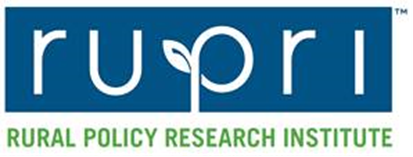Pennsylvania Department of Human Services (DHS) Secretary Teresa Miller announced an Emergency Assistance Program (EAP) to help low-income families who lost wages experiencing financial challenges due to the COVID-19 pandemic. Families who qualify will be eligible for a one-time payment to assist them in meeting basic needs and help them secure more stable financial footing in the future.
The program will use existing Temporary Assistance for Needy Families (TANF) funds to provide support to low-income families who qualify. The program will be open to families with a child under the age of 18 or a woman who is currently pregnant. In order to qualify, families must have at least one person in the household who was employed as of March 11, 2020 and experienced an hour or wage reduction of at least 50 percent for two weeks or more or lost employment entirely due to the public health crisis.
Families must meet income limits of 150 percent of the Federal Poverty Guidelines and have no more than $1,000 in a savings or checking account.
Qualifying families will be issued a one-time grant equal to two months of TANF benefits. The average monthly TANF grant for a family of three is $403, so a qualifying family of three would receive a one-time grant of $806 through the program. Information on monthly grants by household size and county is available online here. Funds will be issued through an electronic benefit transfer (EBT) card.
Pennsylvanians can apply for Medicaid, the EAP, the Supplemental Nutrition Assistance Program (SNAP), the Children’s Health Insurance Program (CHIP), and other public assistance programs at any time through DHS’ online COMPASS application at www.compass.state.pa.us. Those who prefer to submit paper applications can mail documents to their local County Assistance Office (CAO) or leave documents in a CAO’s secure drop box, if available. CAOs are still closed to the public, but mail and drop boxes are being monitored so applications can be processed.

